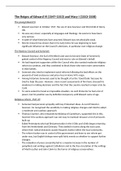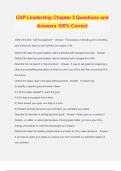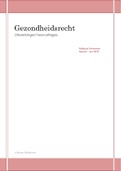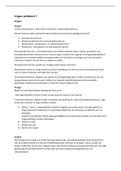Summary
Full Summary of the Reigns of Edward VI () and Mary I ()
A thorough and coherent summary of the reigns of both Edward VI () and Mary I (), paying particular attention to the central themes that are commonly assessed e.g. religion, foreign policy, governance etc... Includes a clear evaluation of each of their reigns and a detailed assessment of the extent...
[Show more]







